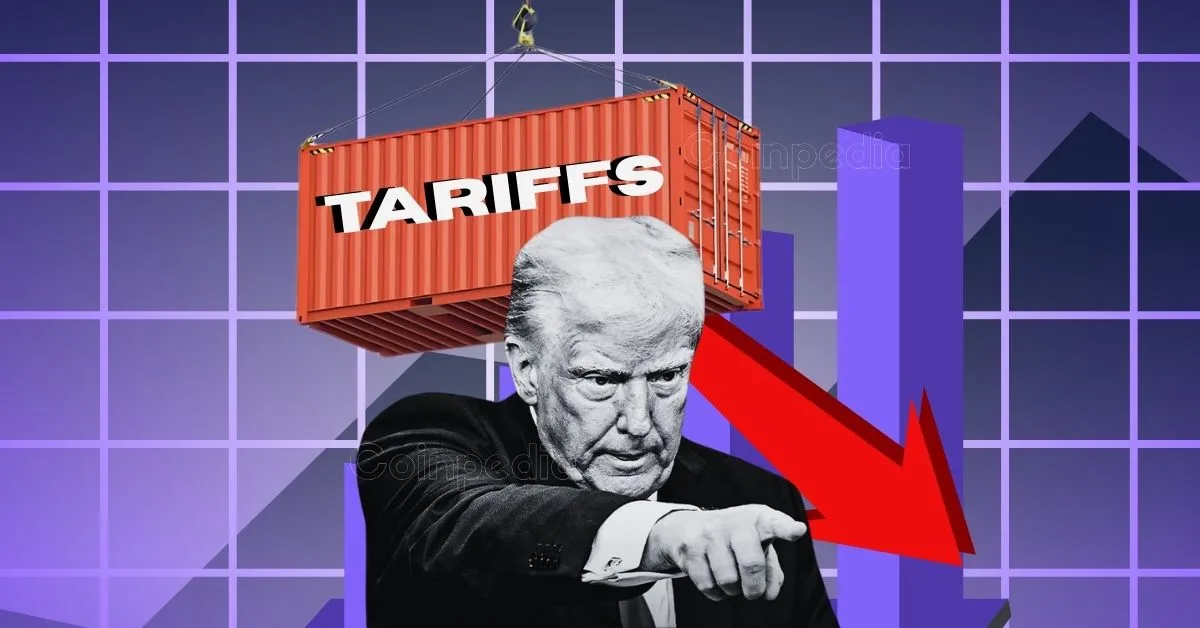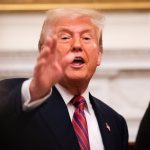
The global economic landscape has been rattled by the prolonged U.S.-China trade war, a high-stakes economic confrontation that has reshaped international trade dynamics since 2018. What began as targeted tariffs on specific goods has escalated into a full-blown economic standoff, with both superpowers deploying increasingly aggressive trade measures. The conflict reached its peak when the U.S. imposed staggering 145% tariffs on certain Chinese imports, creating ripple effects across global supply chains and financial markets. Against this tense backdrop, recent developments suggest a potential thaw in relations, as both nations appear cautiously open to de-escalation strategies.
The Tariff Rollback Proposal: A Calculated Move
In a strategic pivot, former President Trump proposed slashing tariffs from 145% to 80% ahead of critical Switzerland negotiations. This 45% reduction, while still maintaining substantial trade barriers, represents the most significant concession since the trade war began. The move appears designed to achieve multiple objectives: easing inflationary pressures on U.S. consumers (who ultimately bear tariff costs), providing breathing room for Chinese exporters, and creating negotiating space for broader agreements. Historical context reveals the boldness of this shift – the proposed 80% rate would still quadruple pre-trade war levels, yet marks the first meaningful retreat from maximum economic pressure tactics.
Economic Ripple Effects and Market Reactions
Financial markets responded with cautious optimism to the tariff proposal. The S&P 500 showed a 0.8% uptick in sector rotation toward multinational corporations, while the offshore yuan strengthened modestly against the dollar. However, deeper analysis reveals lingering concerns:
– Supply Chain Impacts: Even at 80%, tariffs continue distorting global manufacturing flows, with Vietnam and Mexico emerging as unintended beneficiaries of redirected trade
– Consumer Economics: MIT researchers estimate the proposed reduction could save U.S. households $160 annually on average, though certain sectors (like electronics) would still face 30-40% price premiums
– Strategic Industries: Semiconductors and clean energy components – central to both nations’ industrial policies – remain largely excluded from tariff relief discussions
The Geopolitical Chessboard
Beyond pure economics, the tariff proposal reflects evolving power dynamics. China’s measured response suggests recognition of its own economic vulnerabilities, particularly regarding export-dependent employment. Meanwhile, the U.S. appears to be testing whether calibrated economic pressure can yield better results than maximum coercion. The Switzerland talks reportedly addressed core issues like:
Notably absent were meaningful discussions on technology transfer policies or Huawei restrictions, indicating both sides are prioritizing “easier” issues first.
The unfolding tariff negotiations represent neither victory nor surrender, but rather the complex recalibration of economic interdependence between superpowers. While an 80% tariff remains economically disruptive, the reduction signals both nations’ recognition of mutual damage from prolonged confrontation. The coming months will prove crucial in determining whether this marks a genuine détente or merely a tactical pause in ongoing economic competition. What remains certain is that global businesses must prepare for a “new normal” of elevated – albeit slightly reduced – trade barriers, with supply chain resilience becoming as vital as cost efficiency in this transformed economic era.







